I love wildlife photography. Taking photos of birds and mammals with large telephoto lenses is fun and challenging. As we discussed in a prior blog though, sometimes the animal or bird you have come to photograph just doesn’t cooperate and show up on time to have their picture taken. It’s at these times that we should, ” Notice the small things. The rewards are inversely proportional”. Macro photography is a favorite pastime of many photographers. The enlargement of small objects to a huge scale allows for the exploration of detail the naked eye usually cannot see. Even though with wildlife photography you may only have a standard telephoto lens with you, you can still take near macro photos.
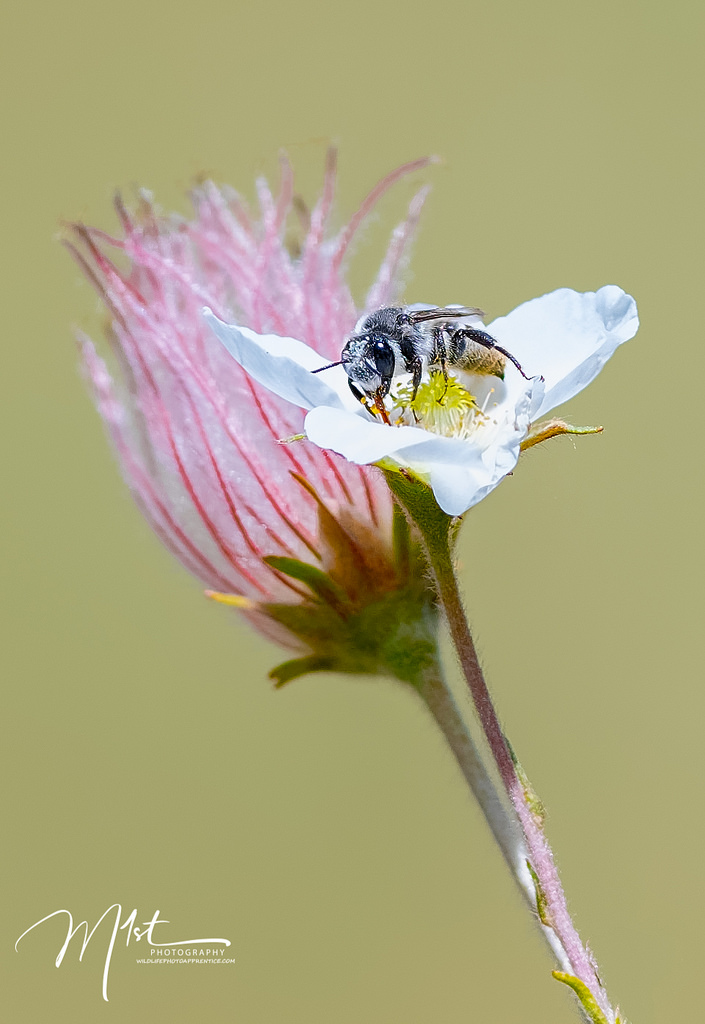
Macro photography is defined as photography producing photographs of small items larger than life-size. The ratio of the subject size on the film plane (or sensor plane) to the actual subject size is known as the reproduction ratio. Likewise, a macro lens is classically a lens capable of reproduction ratios of at least 1:1, although it often refers to any lens with a large reproduction ratio, despite rarely exceeding 1:1. With a standard telephoto lens, you can often get very close to a subject and magnify them enough to become “pseudo-macro”.
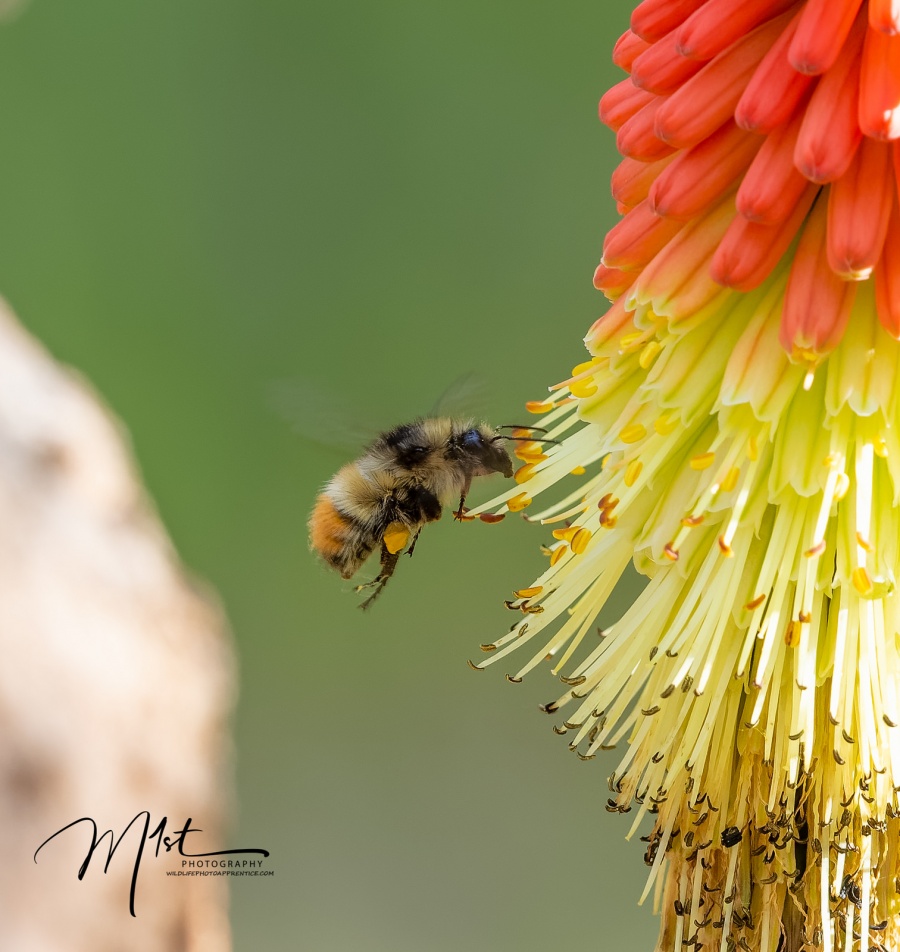
True macro photography is complicated and requires specialized equipment, specialized lighting, and proper technique. Pseudo macro photography with a standard telephoto lens on the other hand is relatively straightforward and can be done with the equipment you already have. The photographs in this blog post were all taken with either a 300mm f2.8, a 500mm f4, or a 600mm f4. It is helpful to follow the same basic rules you use for wildlife photography when taking pseudo macro photographs. Because of the magnification of the subject at the minimum focal distance of the lens, the risk of reduced sharpness due to camera shake is higher. The use of a tripod and remote release to minimize camera shake is important to getting sharp photos.
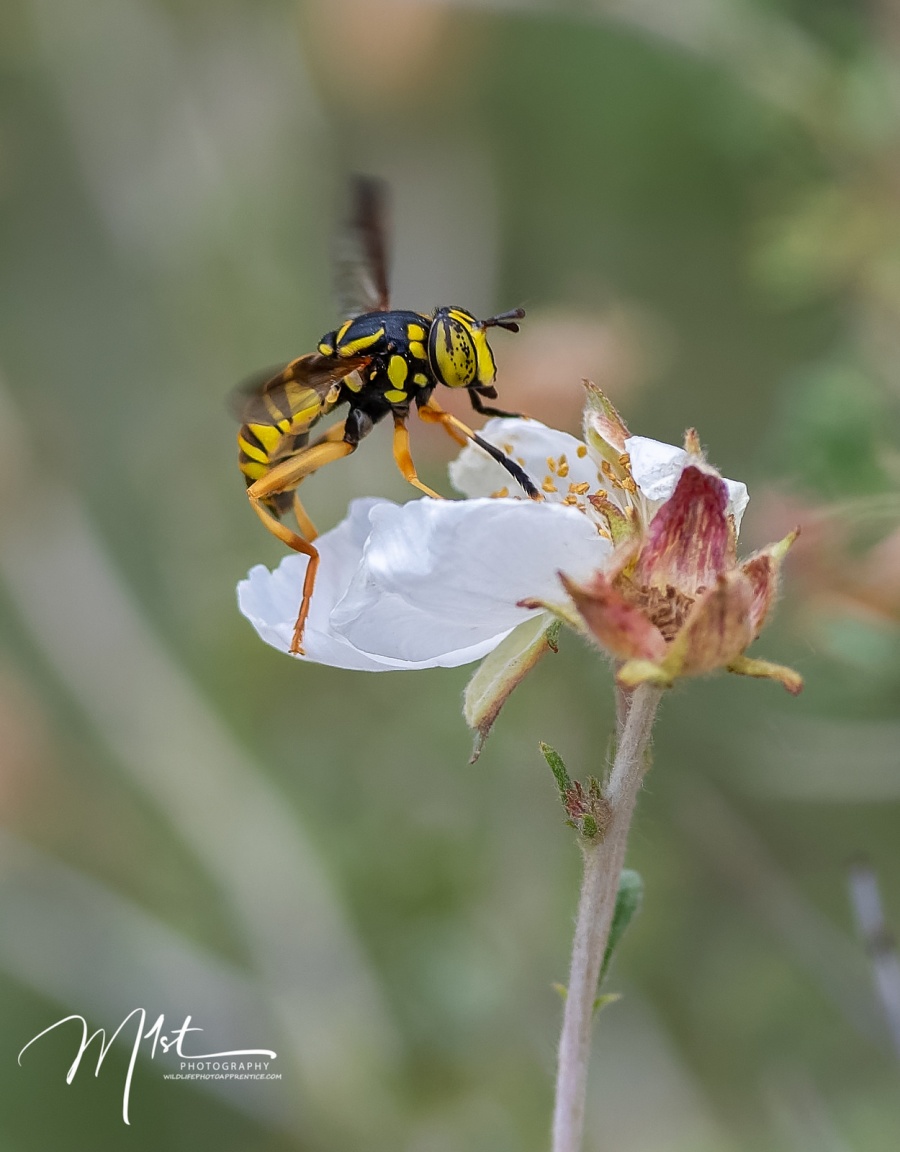
It is important to be cognizant of the depth of field. Keep in mind that using extreme focal lengths at close distances reduces the depth of field to fractions of a millimeter. Therefore, to ensure the subject is sharp throughout, use a small enough aperture to ensure the depth of field extends across your whole subject.
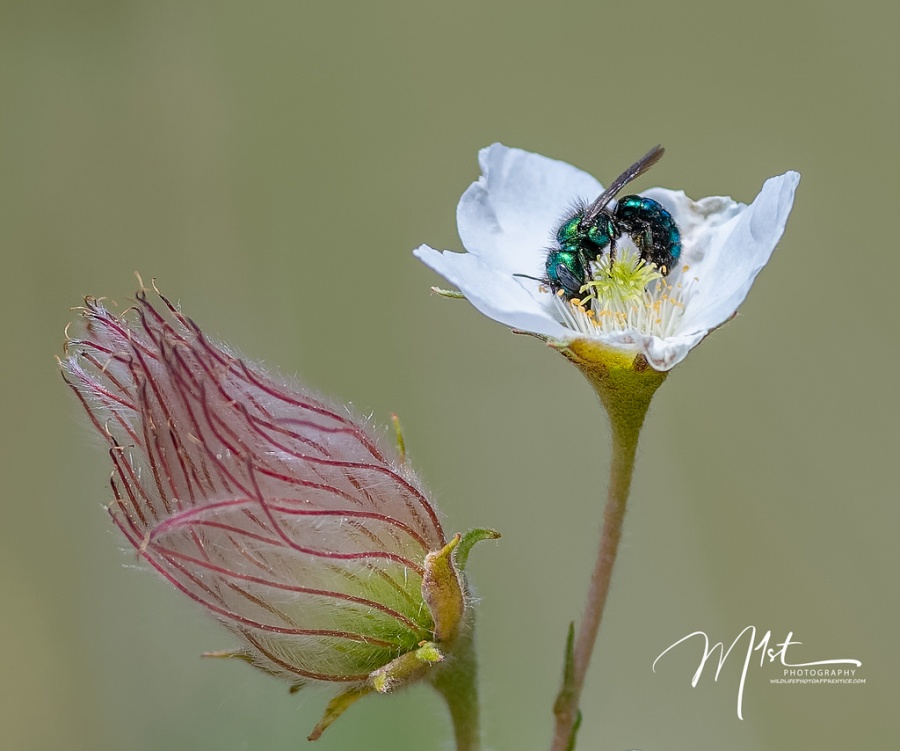
Ensure your subject is parallel to the sensor. If you want to capture your subject in focus from front to back, ensure that it is parallel to your sensor.
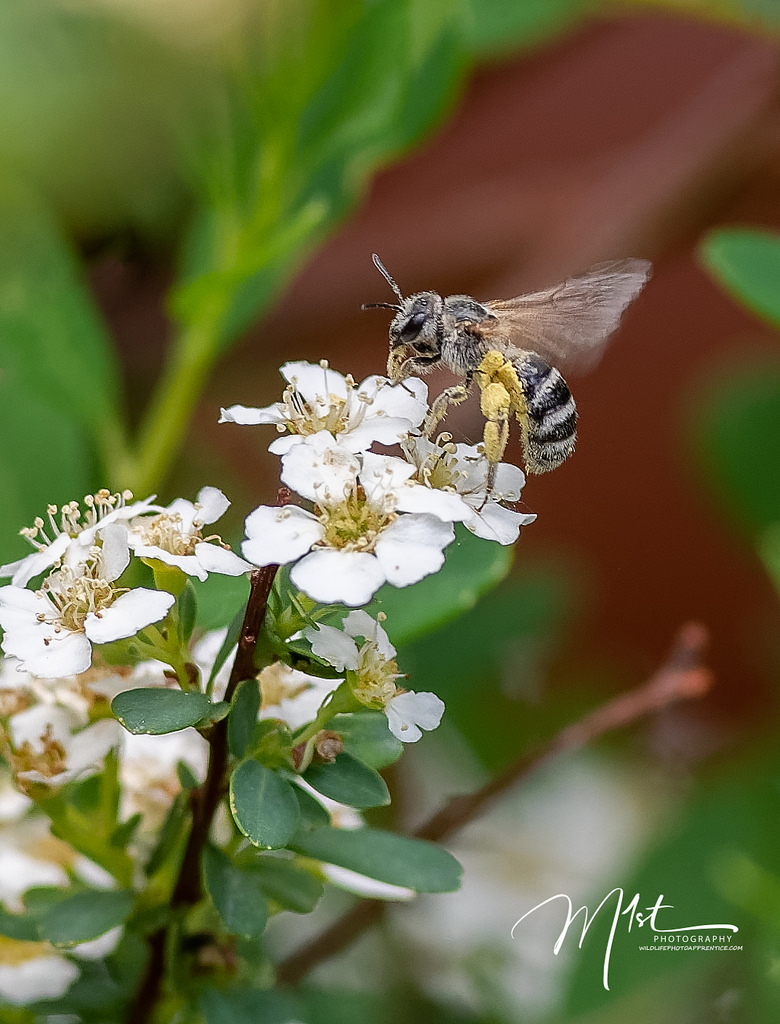
Cropping is a great strategy for maximizing the macro look of your photographs. Use cropping to your advantage in post-processing.
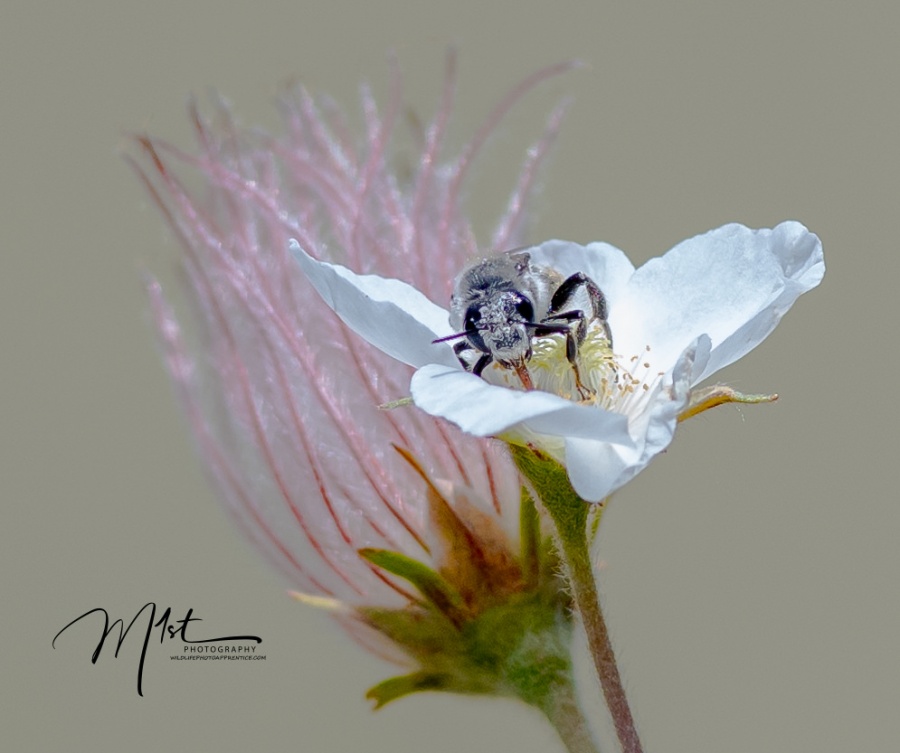
Consider using manual focus. Manual focus allows finer control of focus and allows you to more accurately put the focal plane where you want it on small subjects.

Using your standard telephoto lens for macro photography is fun and easy. There are two basic advantages to using a telephoto lens for near macro photography. Because of the large minimum focal distance, you have less of a chance of disturbing your subject. You are also less likely to throw a shadow over your subject, thereby improving the lighting. So next time you’re waiting for that bear to wander into your field of view, look around for the small things, and consider pseudo macro photography. When you, ” Notice the small things. The rewards are inversely proportional”.
